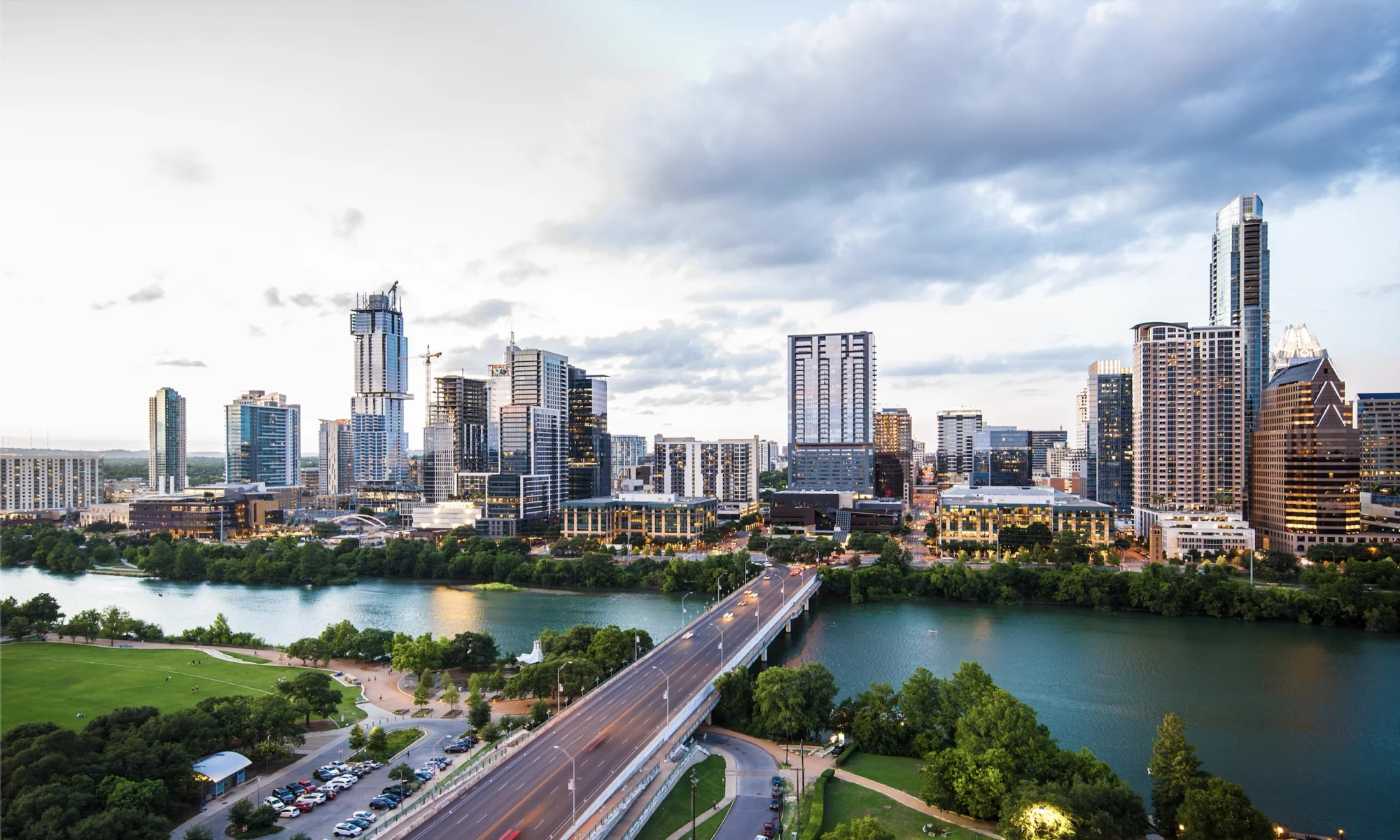West Campus. Wampus. Hell on Earth. Heaven on Earth.
Whatever you choose to call it, West Campus is a predominant feature of the University of Texas.
On any given day, one can see an abundance of students bustling around the area; walking home from class, mingling with their friends while grabbing a bite of well-deserved fried chicken, or racing to their study session on a scooter.
It is an area full of life, activity, and community. It is also an area that has one of the highest densities in Austin.
This is unsurprising to those who have visited West Campus recently. Towering, luxurious apartment buildings dominate the landscape and the many construction sites promise more to come. However, this was not always the case.
Prior to 2004, West Campus was filled with small-scale buildings and homes converted into rental properties for students. While this supported the student population during the University’s formative years, iit was not sufficient enough to accommodate the growing population of students. Due to the lack of availability of housing and the increasing price of rooms as demand increased, students were forced to occupy other areas of Austin such as Riverside and commute to school.
Though some students prefer to commute to school, studies have shown that location is central to a student’s experience at college. Commuting students are less likely to feel that their school wants them to thrive, to identify with the school, or to report a ‘sense of belonging to or feeling wanted by the institution.’ Students also report lower levels of involvement in extracurricular activities (59% of commuting students vs. 75% of residential students) and less social connection to the school. These statistics are intuitive to students; it’s more challenging to attend a last minute study session with your peers at the PCL, stay late working an extracurricular event, or attend a late-night party with your friends when you have to plan your commute and carefully consider time, money, and safety.
University Neighborhood Overlay (UNO) set out to ensure that students could have the choice to live in West Campus, and wouldn’t be forced to live off campus due to availability or affordability. Finalized/Legalized in 2004, it’s expressed purpose was to:
“promote high density redevelopment in the area generally west of the University of Texas campus, provide a mechanism for the creation of a densely populated but livable and pedestrian friendly environment, and protect the character of the predominantly single-family residential neighborhoods adjacent to the district.”
In short, it allowed for more, and higher, development in West Campus. Pictured below is the UNO overlay for the area.

UNO was quite controversial at the time as many wondered how it would affect the area’s character, or if it would increase noise and traffic. Though these concerns are legitimate, UNO has shown to be a net positive for the area. Improving density has:
- Increased the number of students who can live near campus
- Improved affordable housing for students
- Increased diversity of West Campus Residence
- Decreased reliance on cars
Increased the number of students who can live near campus
Over the past 15 years, more than a billion dollars has been invested into developing West Campus (which has provided more than 25 million in annual tax revenue) and has added over 10,000 new rooms to the area. At a school where the undergraduate population stands at 40,804 students, this represents adding housing that could support an additional 25% of the undergraduate students.


Improved affordable housing for students
UNO’s zoning laws enable lower-income students to find a home in West Campus. Because of the new laws that stipulate that developers are required to set aside a certain number of units for eligible people, West Campus is now home to one of the largest concentrations of affordable housing developments in Austin.

Increased diversity of West Campus Residences
Improving West Campus’ density has not only increased the availability of housing and affordable housing for students, but it’s also improved diversity in West Campus. Census Tracts 6.03 and 6.04 reported the following numbers from 2000 to 2010:
Census Tract 6.03
- Non-hispanic white: declined from 70.3% of the population to 59.1%
- Hispanic: increased from 9.4% to 13.1%
- Black or African-American: increased from 2.0% to 2.6%
- Asian: increased from 17.3% to 25%
Census Tract 6.04
- Non-hispanic white: declined from 75.4% of the population to 65.7%
- Hispanic: increased from 9.3% to 12.5%
- Black or African-American: increased from 1.6% to 2.4%
- Asian: increased from 13% to 19.3%
Decreased reliance on cars
UNO has not only helped to improve UT’s community, but has helped the environment and reduced transit issues. The migration of students to West Campus has eliminated the need for students to drive to class, and therefore has reduced the student body’s car dependency. Additionally, parking per person has decreased in West Campus as well. The number of parking spaces per bedroom in West Campus decreased from .9 parking spaces to about .6 parking spaces per bedroom from 2004 to 2016. This is likely due to a number of factors that stem from improved density including the walkability of the area, the addition of nearby grocery stores, and the improvement of public transit.

Looking at the Future
From fighting environmental and transit issues to increasing affordable housing, UNO has helped to improve West Campus and its community.
Community, however, is not just for college students. From a new young professional moving to Austin for the first time, to a family looking to make connections in a new neighborhood, or an Austinite who has been in the city for 20 years, everyone is looking for and needs a community just as much as a student coming to UT from cities or states away. West Campus has shown that density can create this community, and it should be looked towards as an example for the future of Austin.
